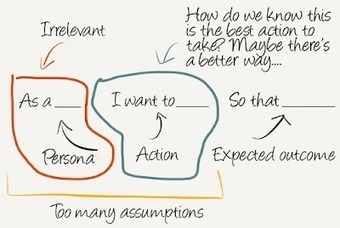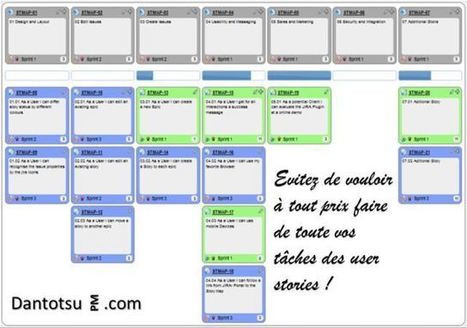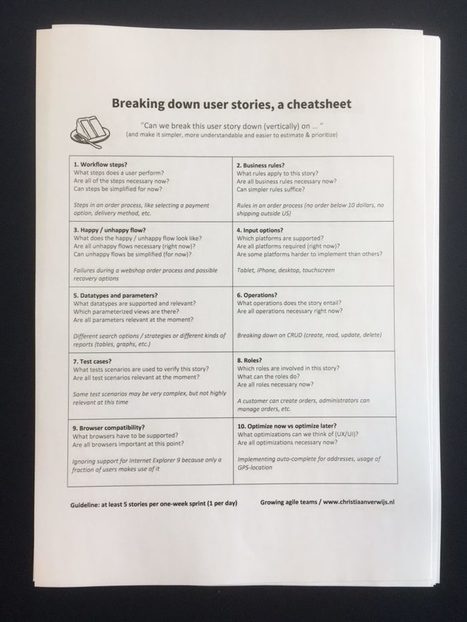Agile version control is very different to traditional version control. It is performed using many small feature branches which are being continually merged back into the trunk (or main development stream). This is necessary for the practice of Continuous Integration (CI) which is a core part of the Agile approach.
CI is an example of JIT (and hence DIRE) allowing problems to be found as soon as possible. It also supports other Agile practices such as short sprints and evolving the software using small, simple, user-centric User Stories. Use of CI depends on a version control system that allows easy branching and merging.
Most Agile teams also have two ongoing code streams (see Diagram 7) - the development "branch(es)" and the delivery "trunk". Again, this relies on a version control system that supports easy merging.
As far as I know Git is the only version control system currently available where a version node in the repository can have two parents. In other words Git allows you to automatically and safely merge code from different sources.
Although Git is not without it's problems (which I will discuss next month) I think using it is essential for Agile development to work smoothly. I will discuss the day-to-day use of different version controls systems (including Git) next month.
Research and publish the best content.
Get Started for FREE
Sign up with Facebook Sign up with X
I don't have a Facebook or a X account
Already have an account: Login
For Product Owners/Product Managers and Scrum Teams: Growth Hacking, Devops, Agile, Lean for IT, Lean Startup, customer centric, software quality...
Curated by
Mickael Ruau
 Your new post is loading... Your new post is loading...
 Your new post is loading... Your new post is loading...
|
|























Agile version control using Git is simple. A developer branches the code to work on a User Story. Git makes it easy to merge the branch back into the trunk. A simple example is shown in the following diagram where all User Story branches are merged back into the trunk by the end of each sprint.
However, generally you need control of what features are delivered to "production". This is often accomplished by having dual streams - an on-going "development" stream (or branch) and a separate "delivery" stream (trunk) allowing control over when features are delivered.
This is very different from traditional version control where branches are eventually discarded (after possibly having been merged back into the trunk) - instead you have two on-going streams. This approach is only possible with a version control system such as Git where a version (ie, a node in the diagrams) can have two parents - in the diagrams this is any node with two outgoing arrows.
For a large project with multiple teams I have even seen the suggestion of multiple on-going "development" branches (eg: see Version Control for Multiple Agile Teams). I have not tried this but I have reservations because code merges between the teams would occur irregularly and might easily be forgotten (remember the rule of merge early and often). The two teams might create conflicting changes which are not discovered until the conflicting code is merged from the trunk into the other teams stream.